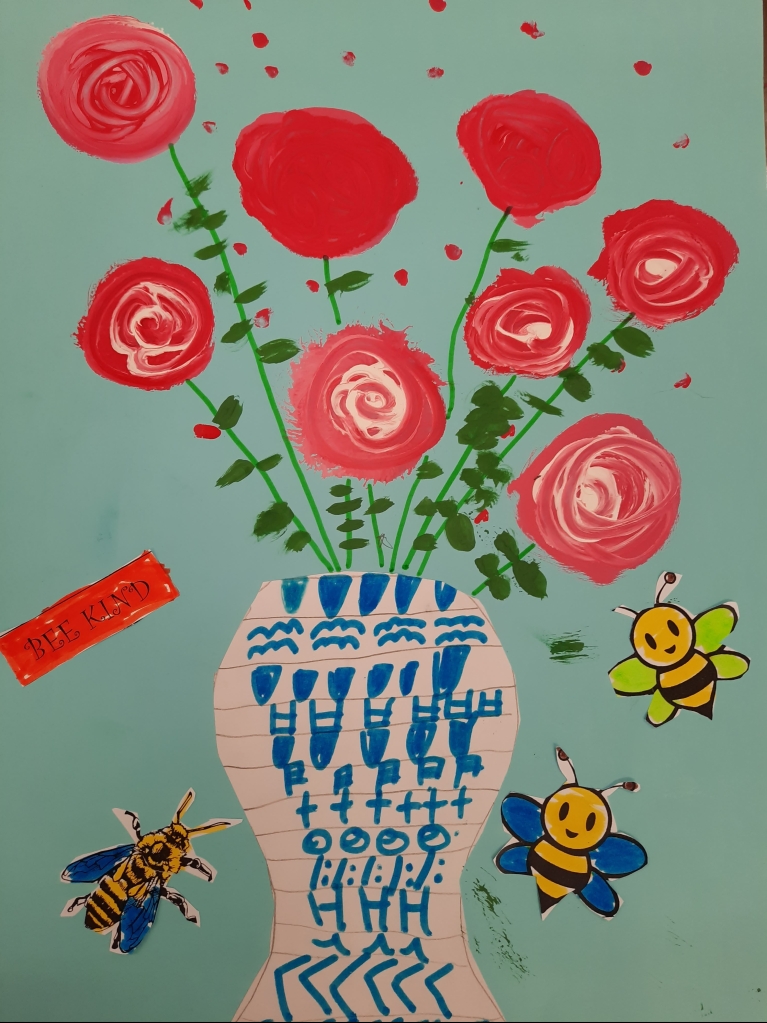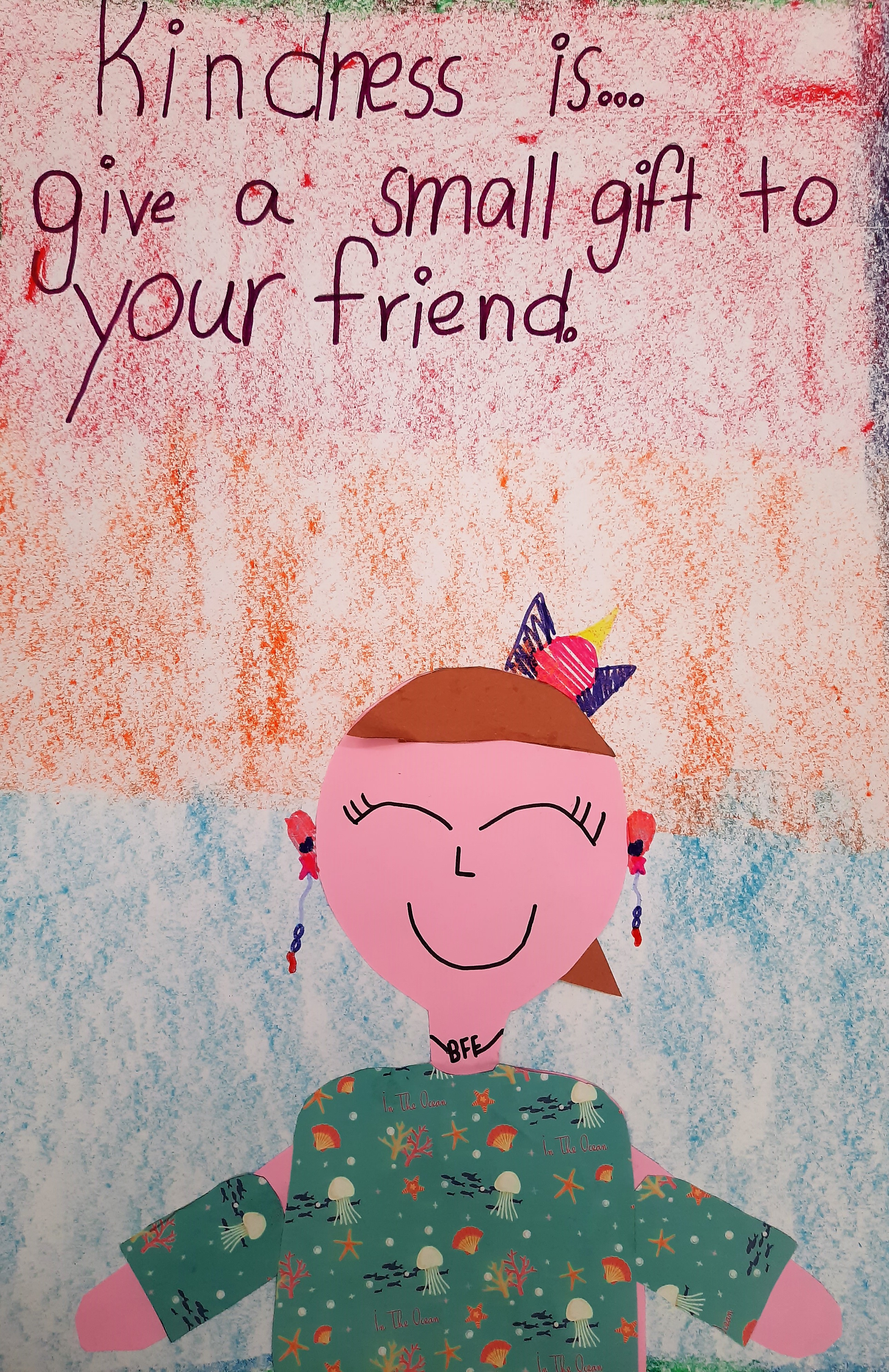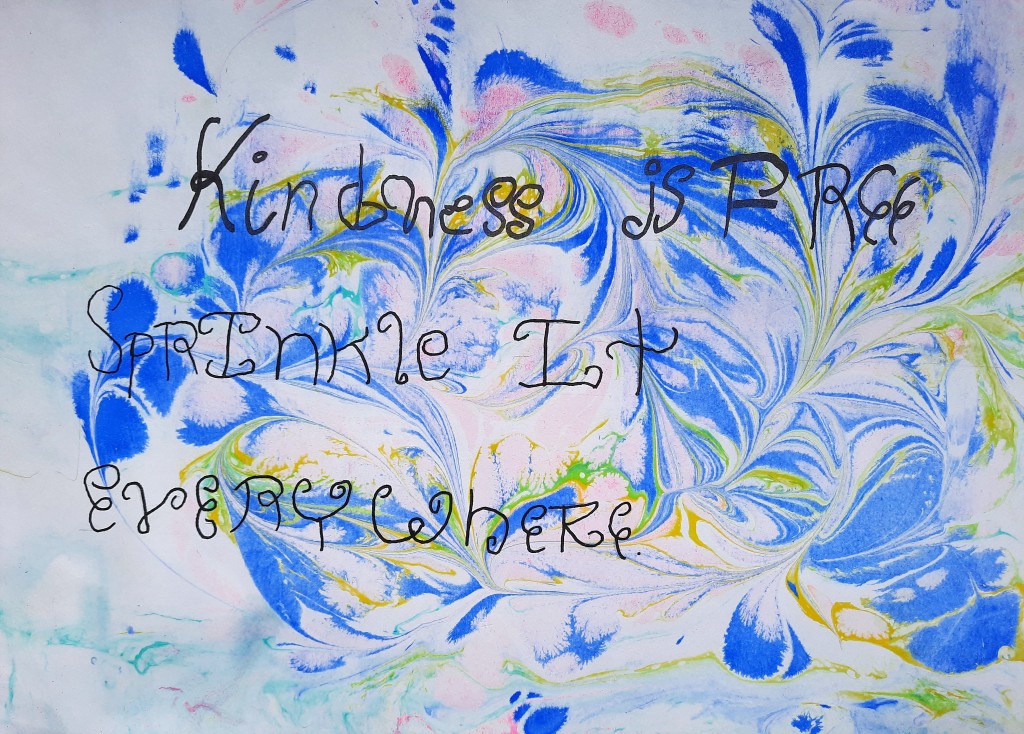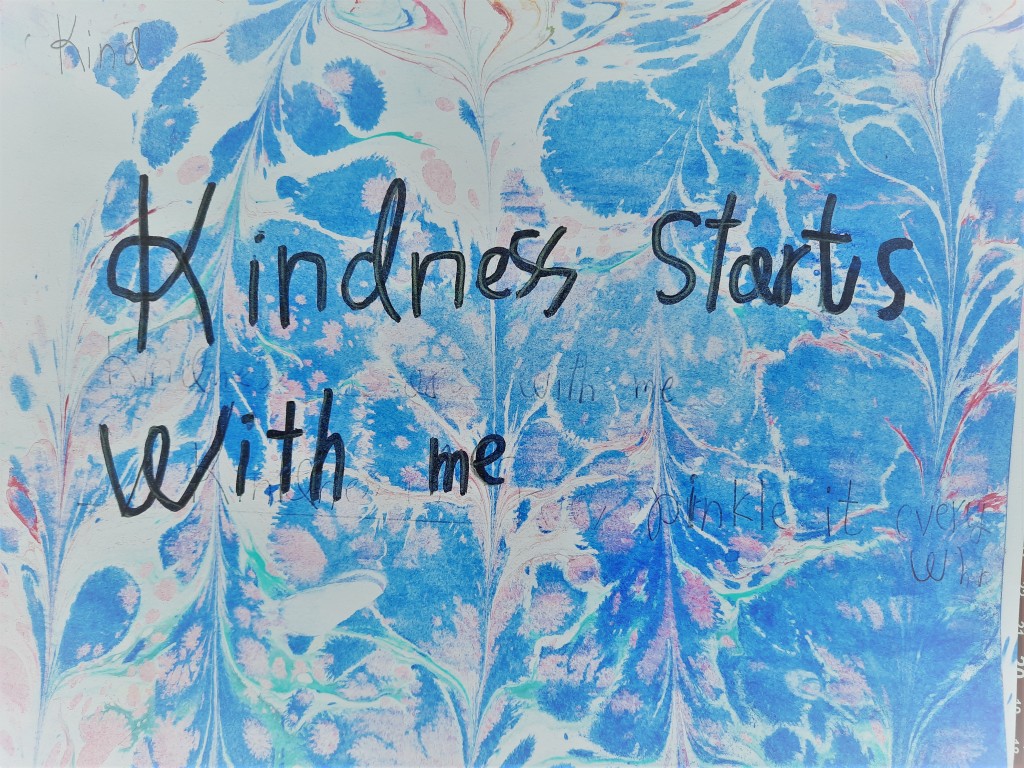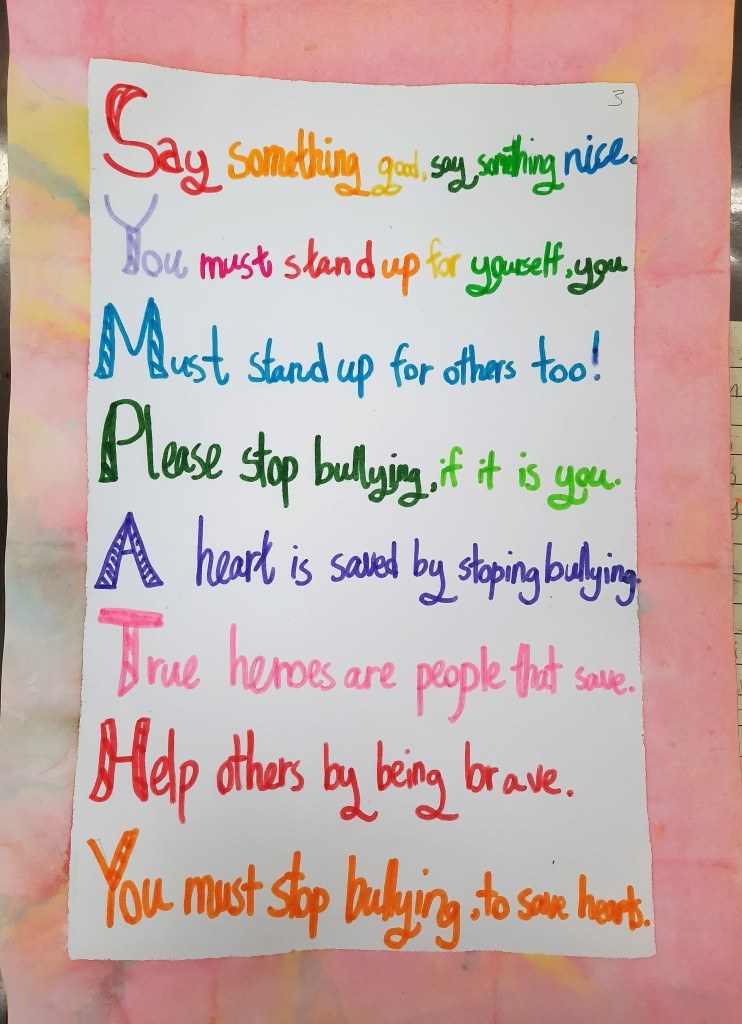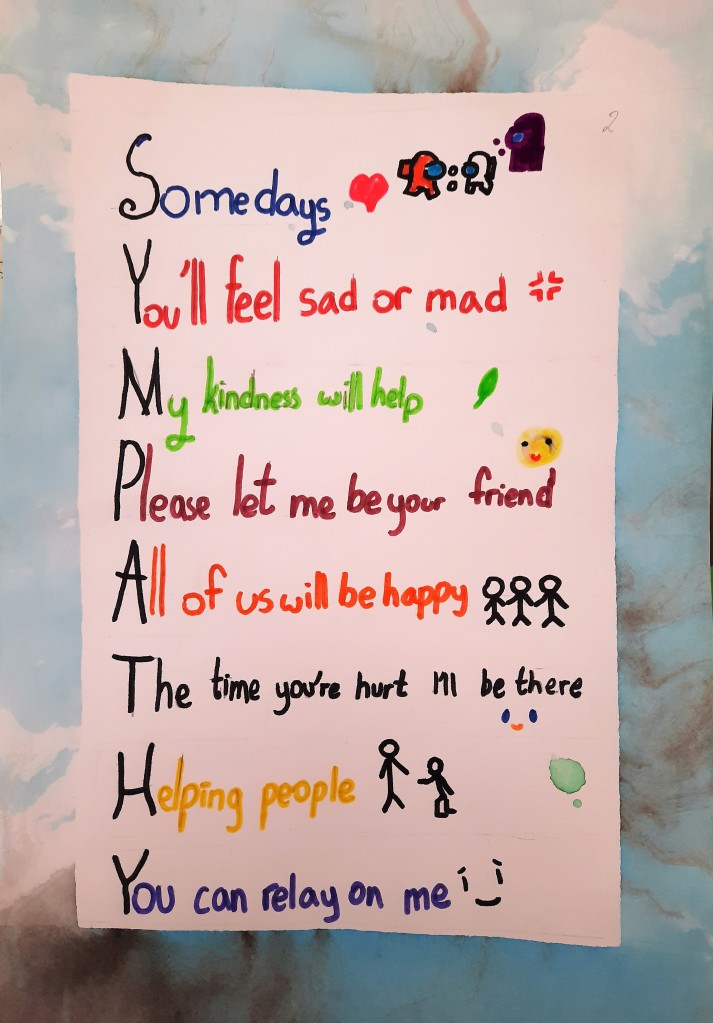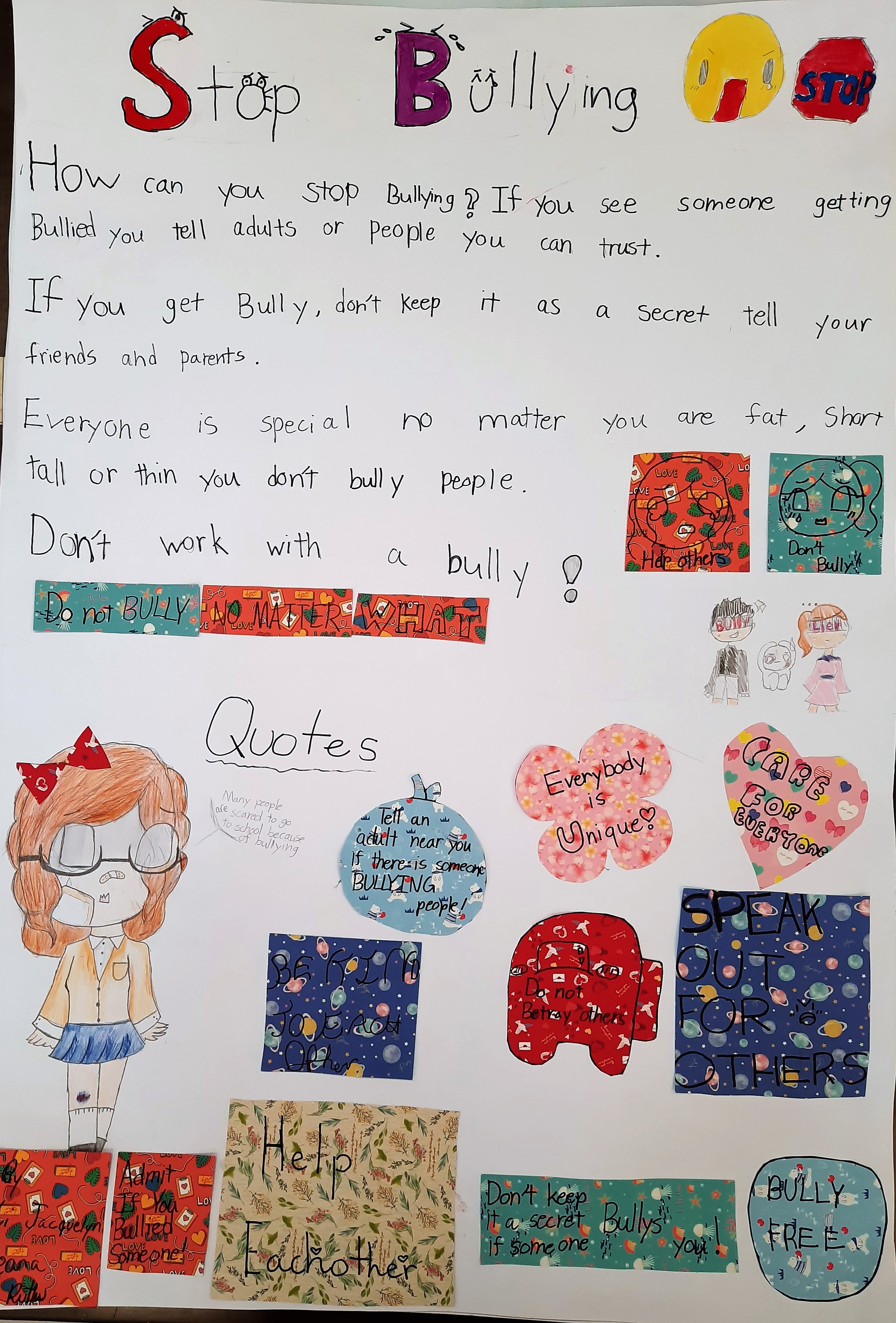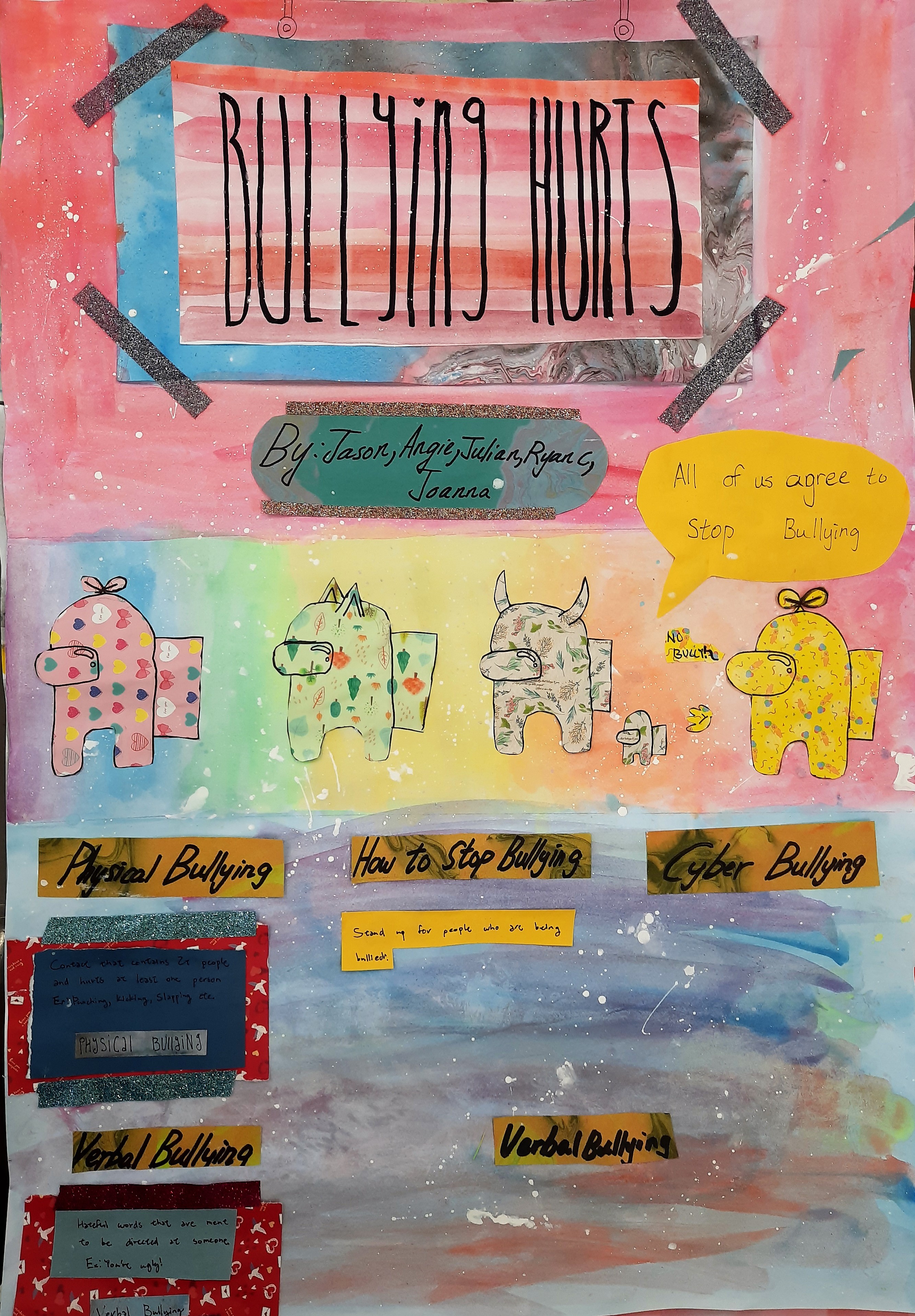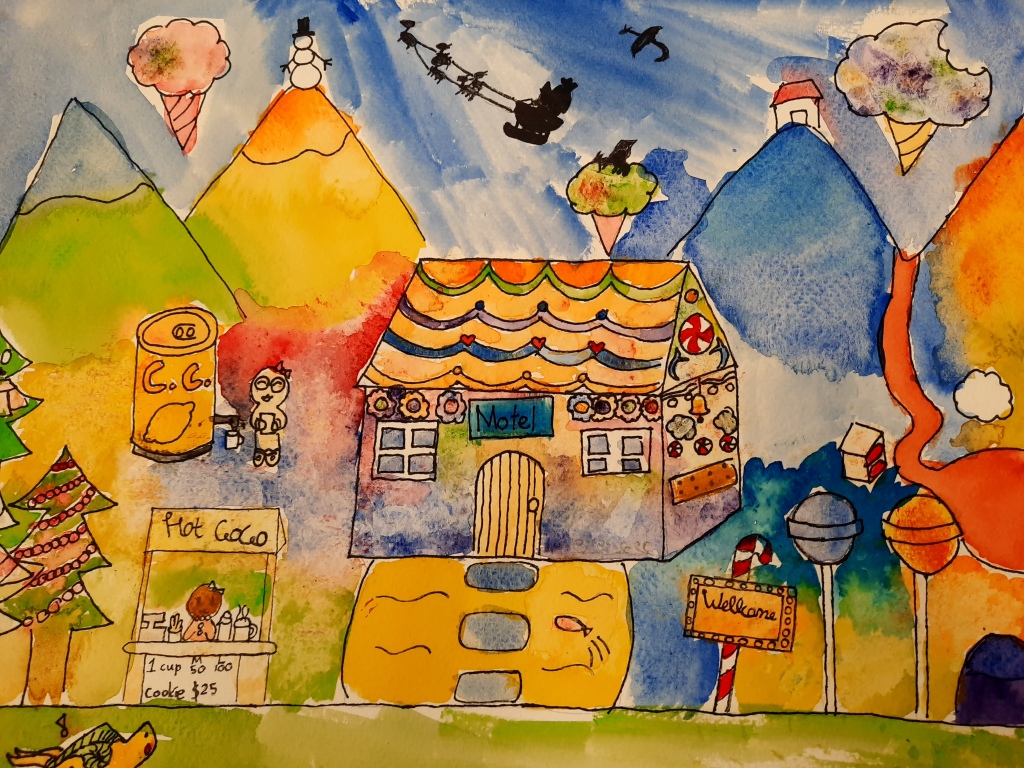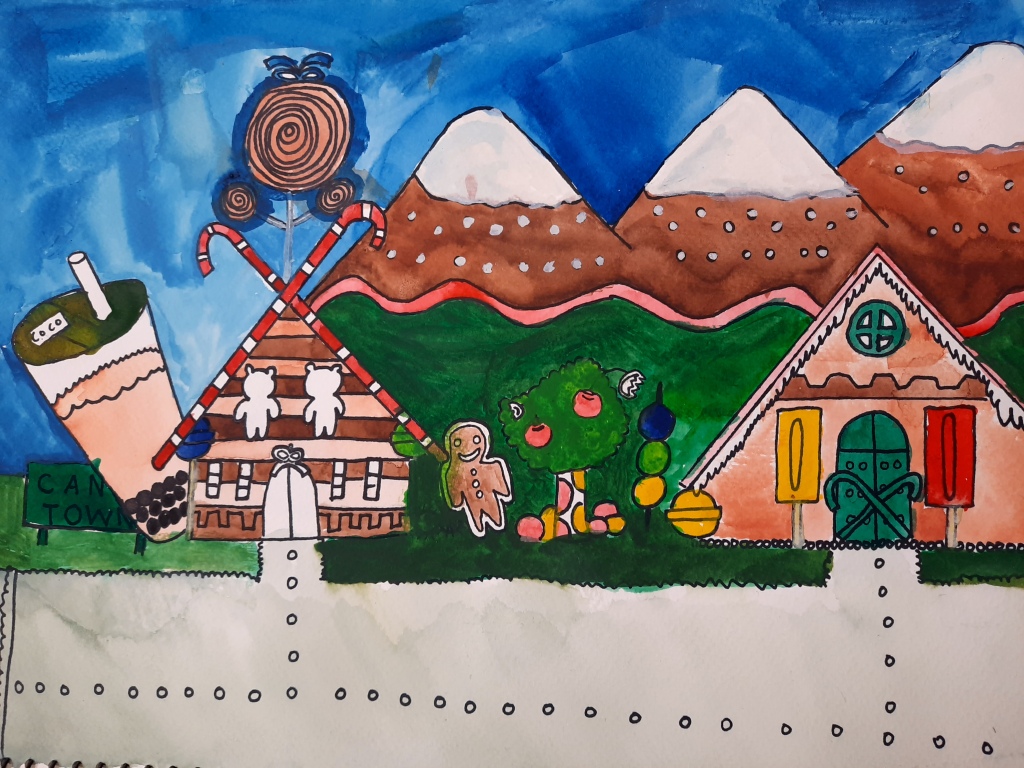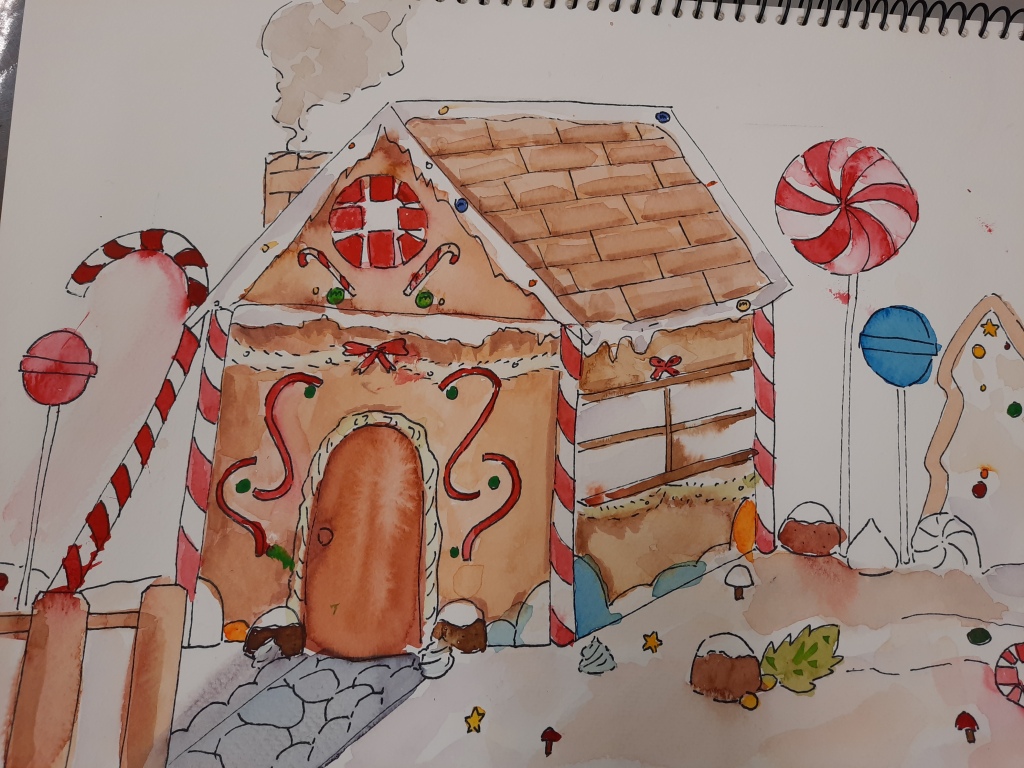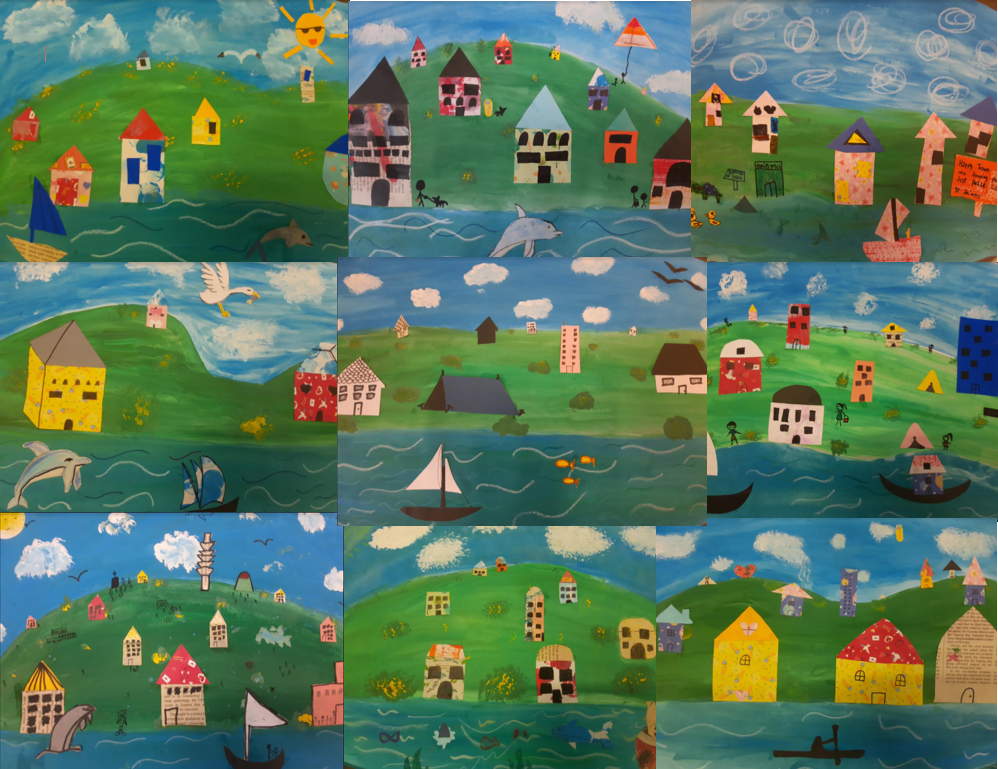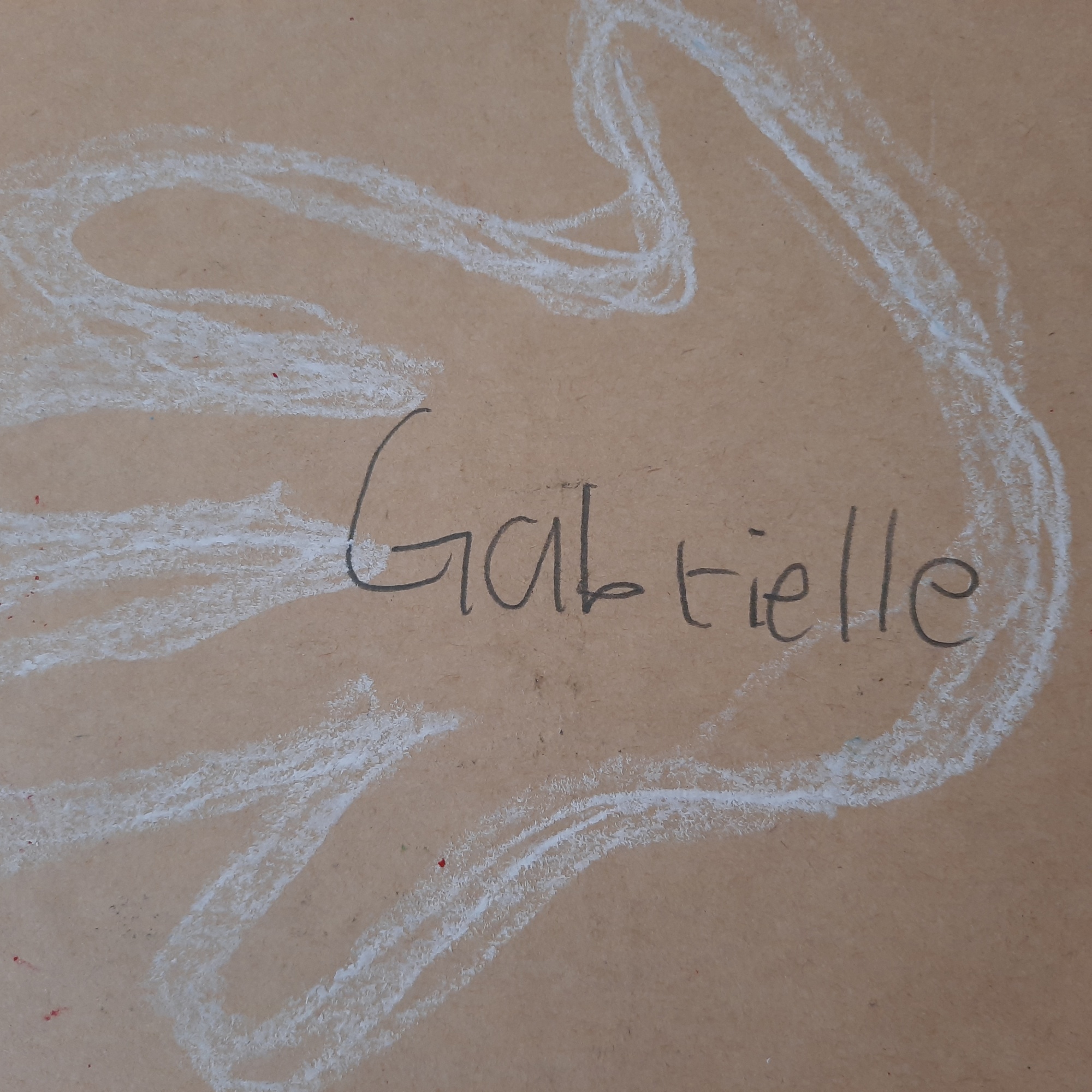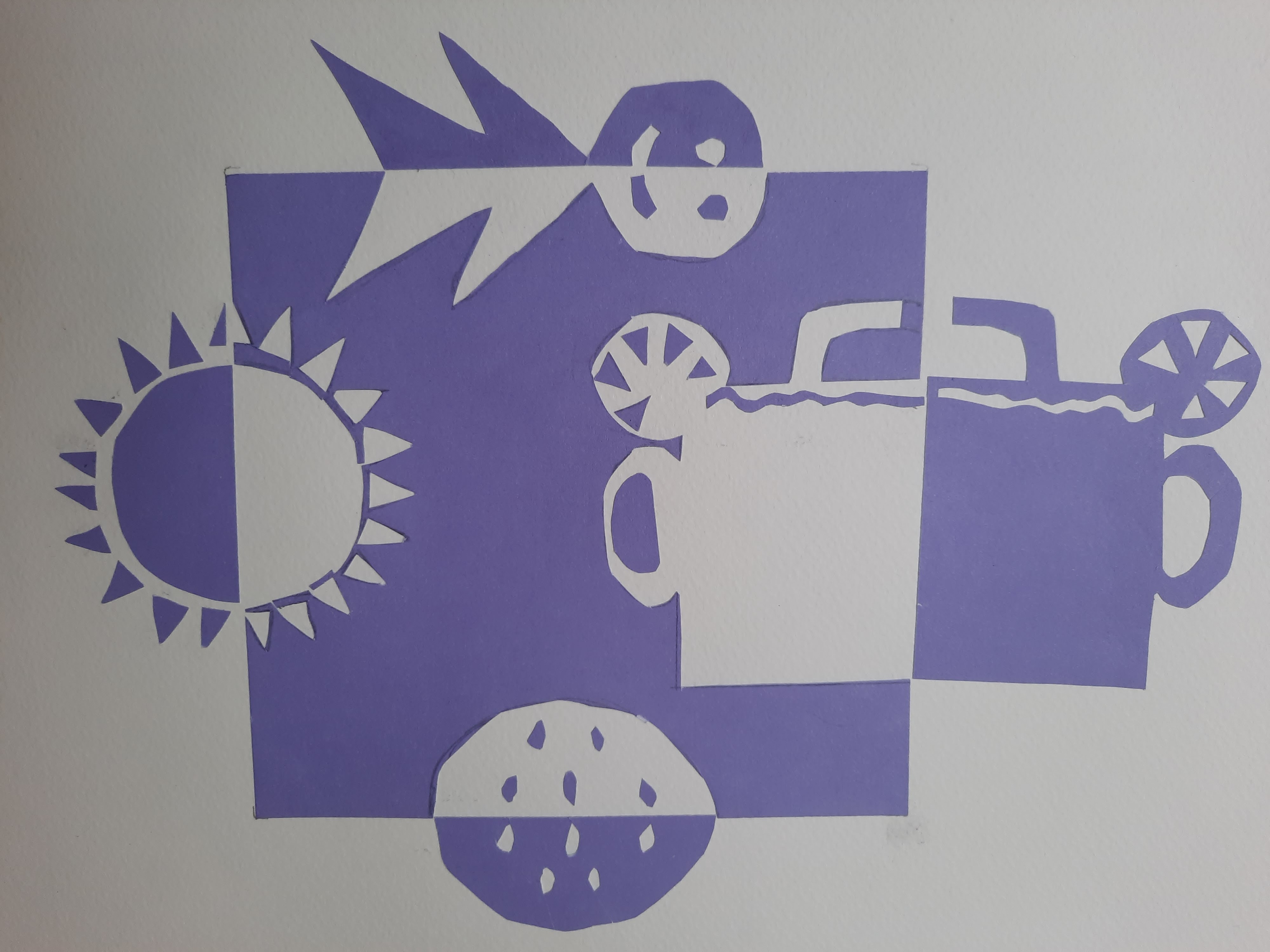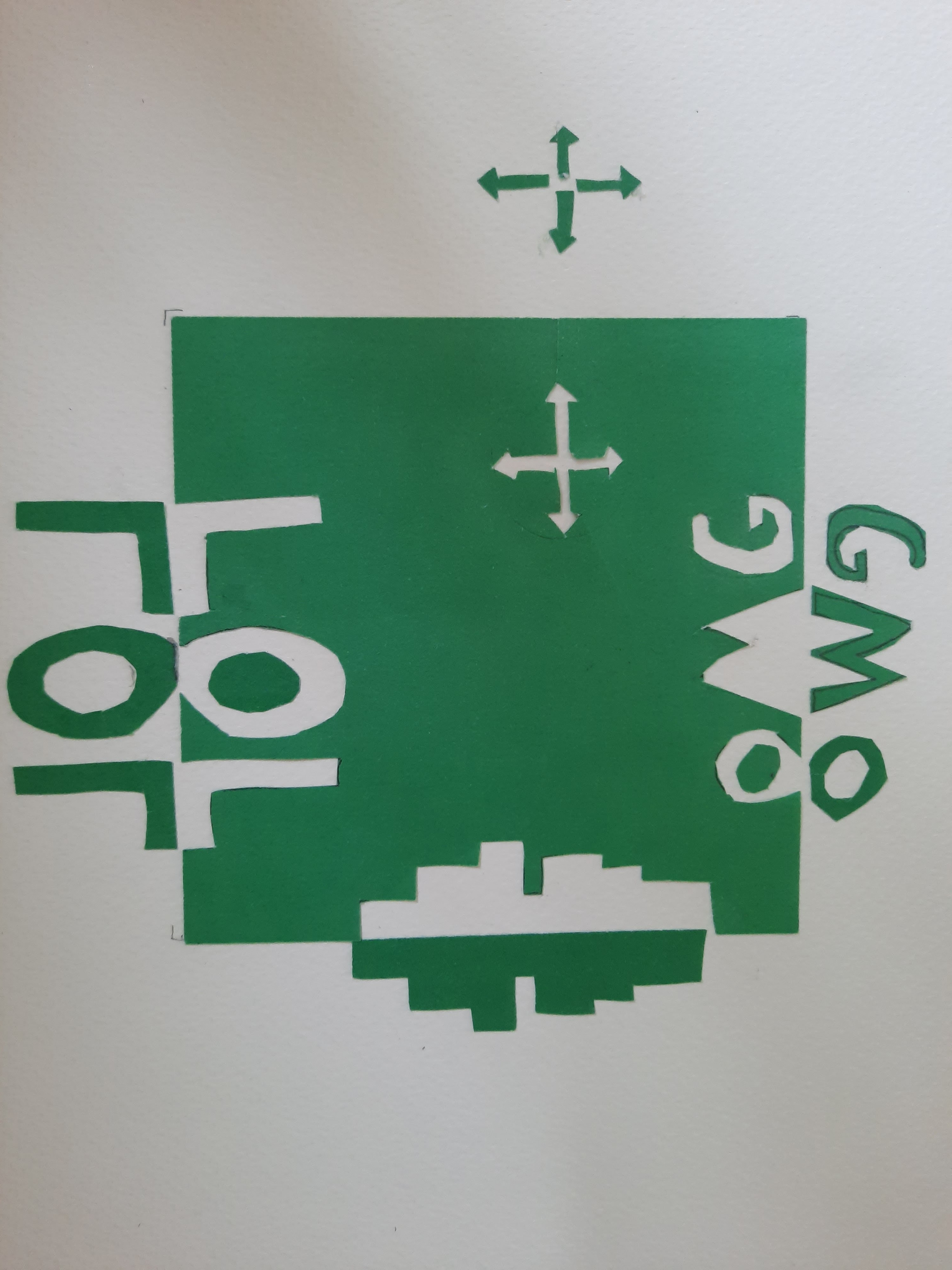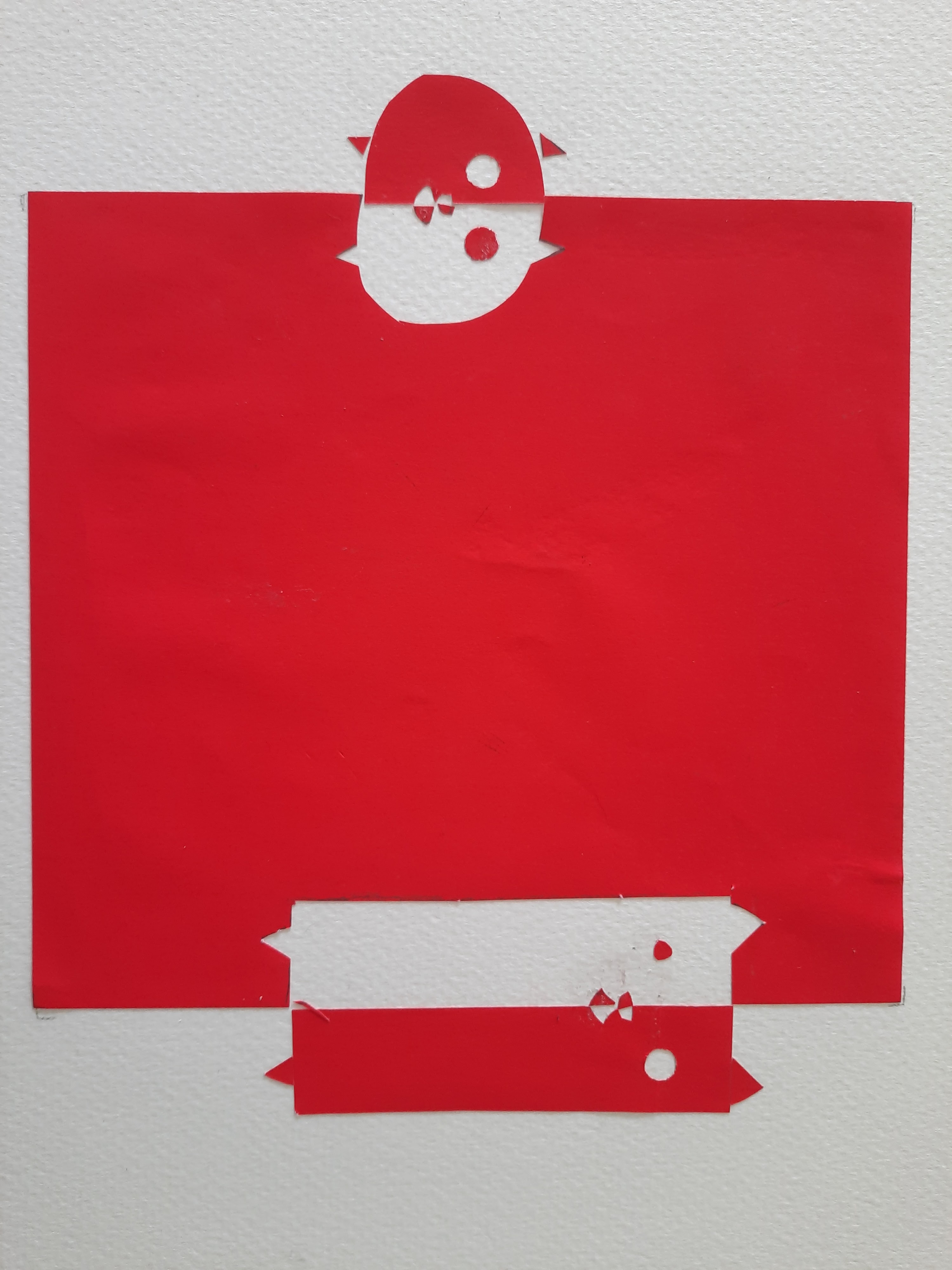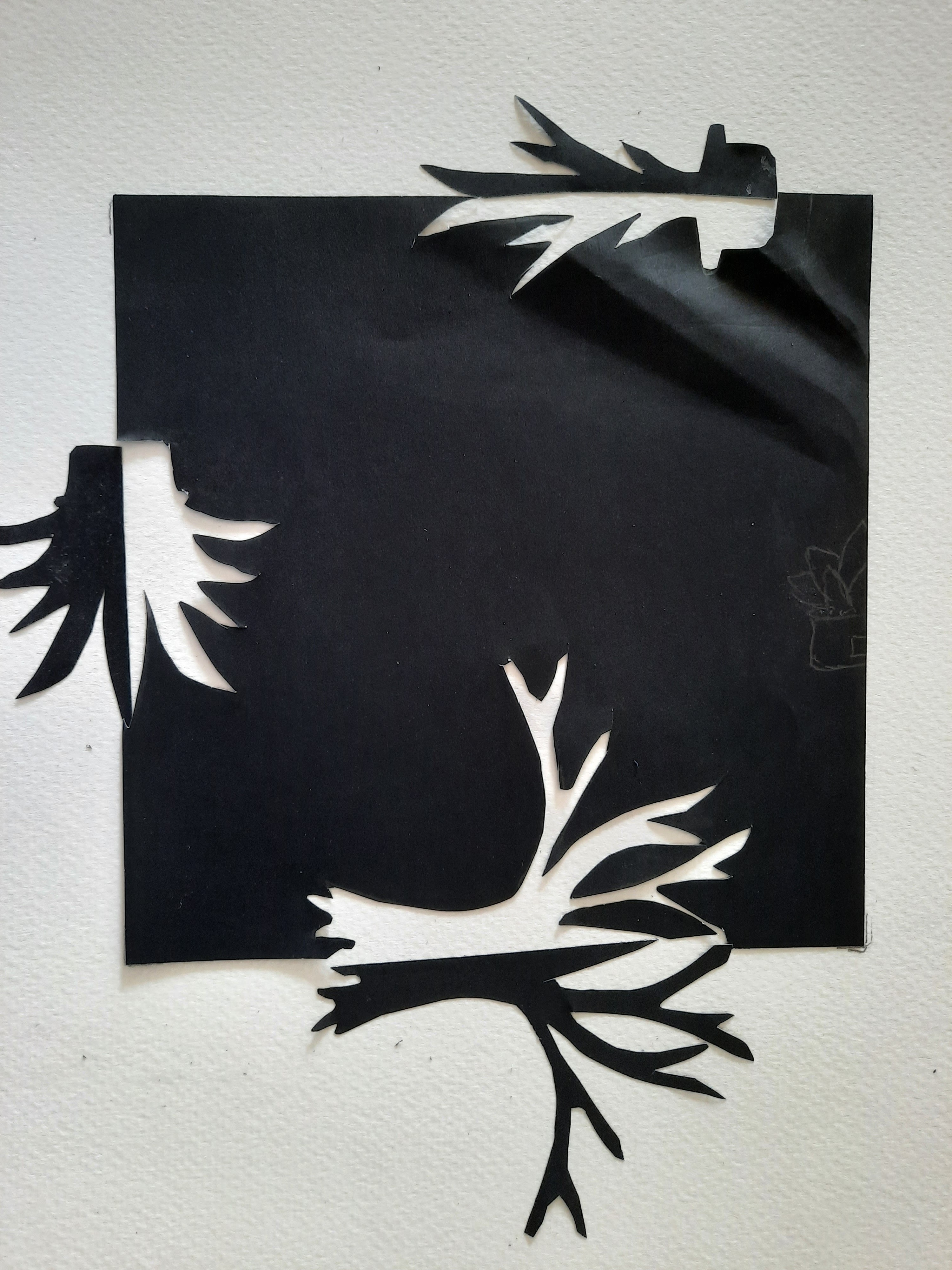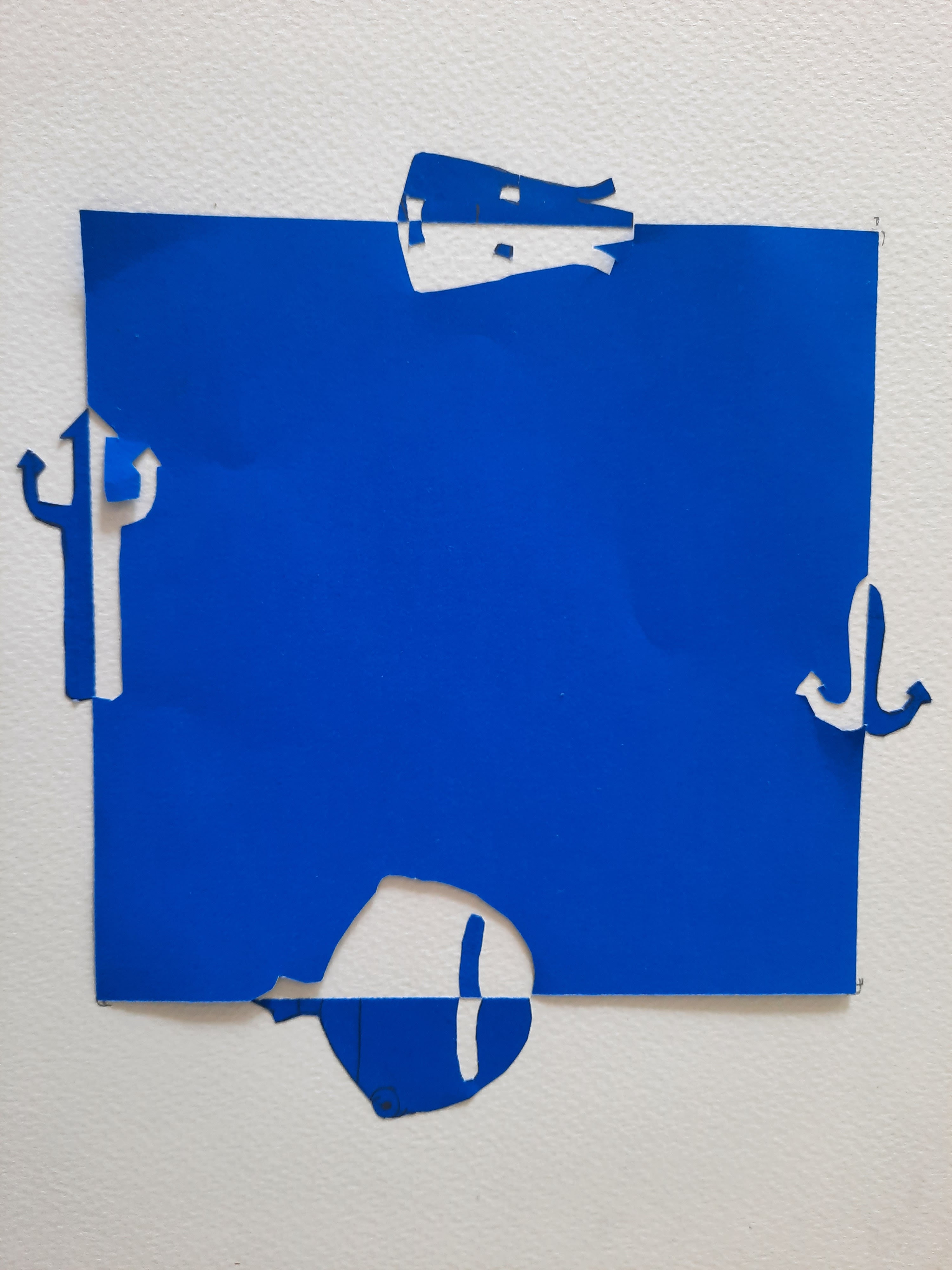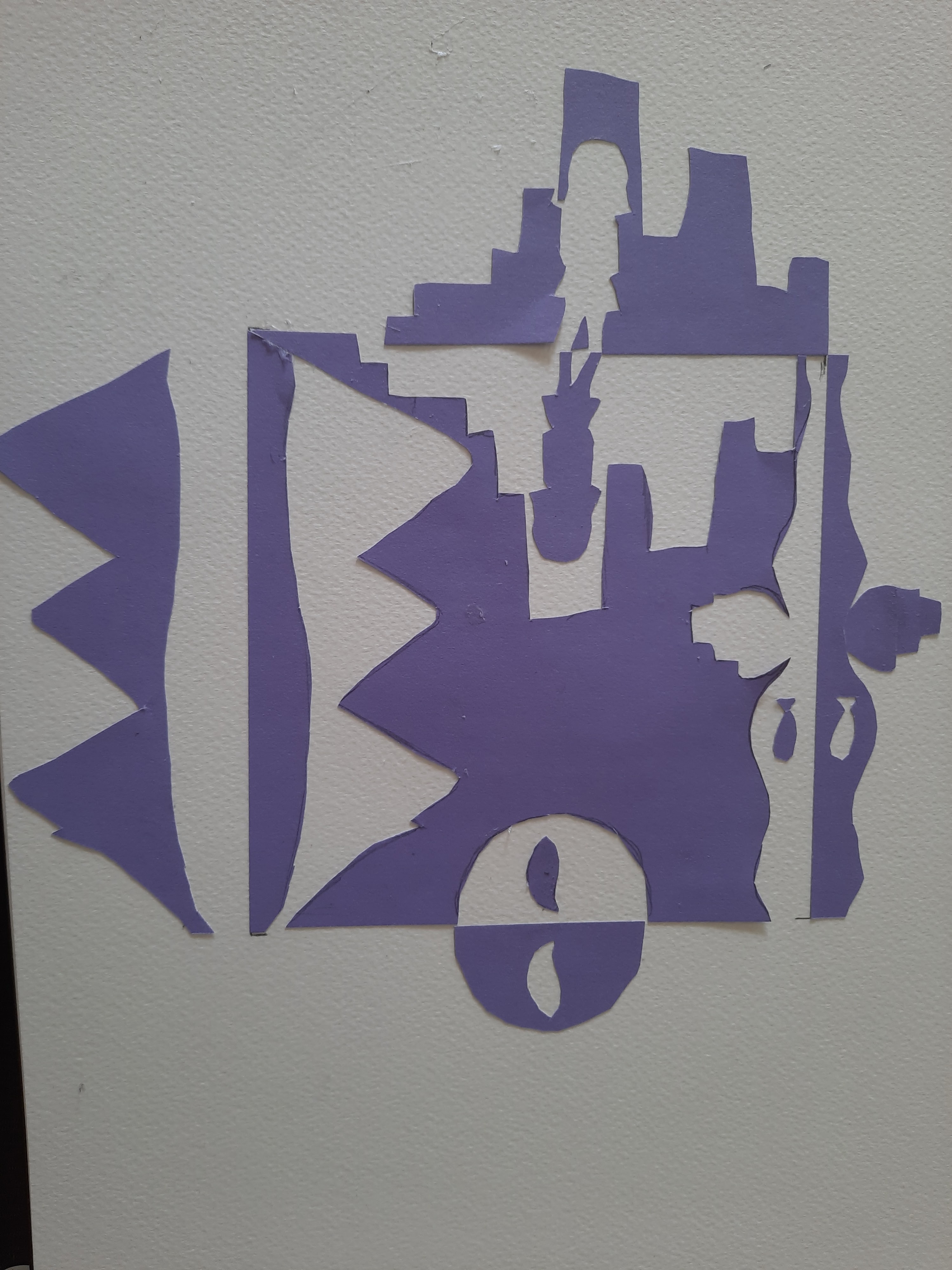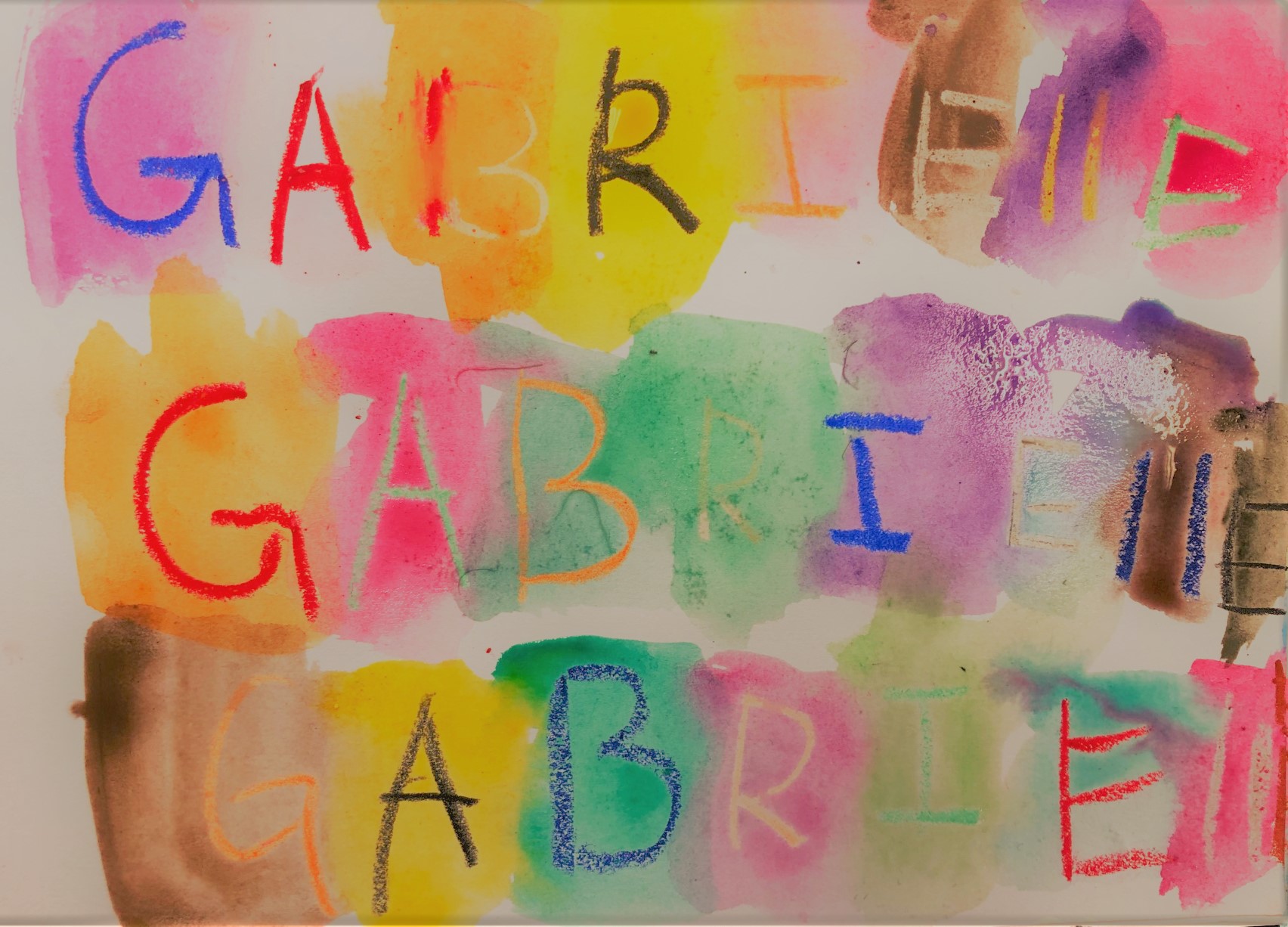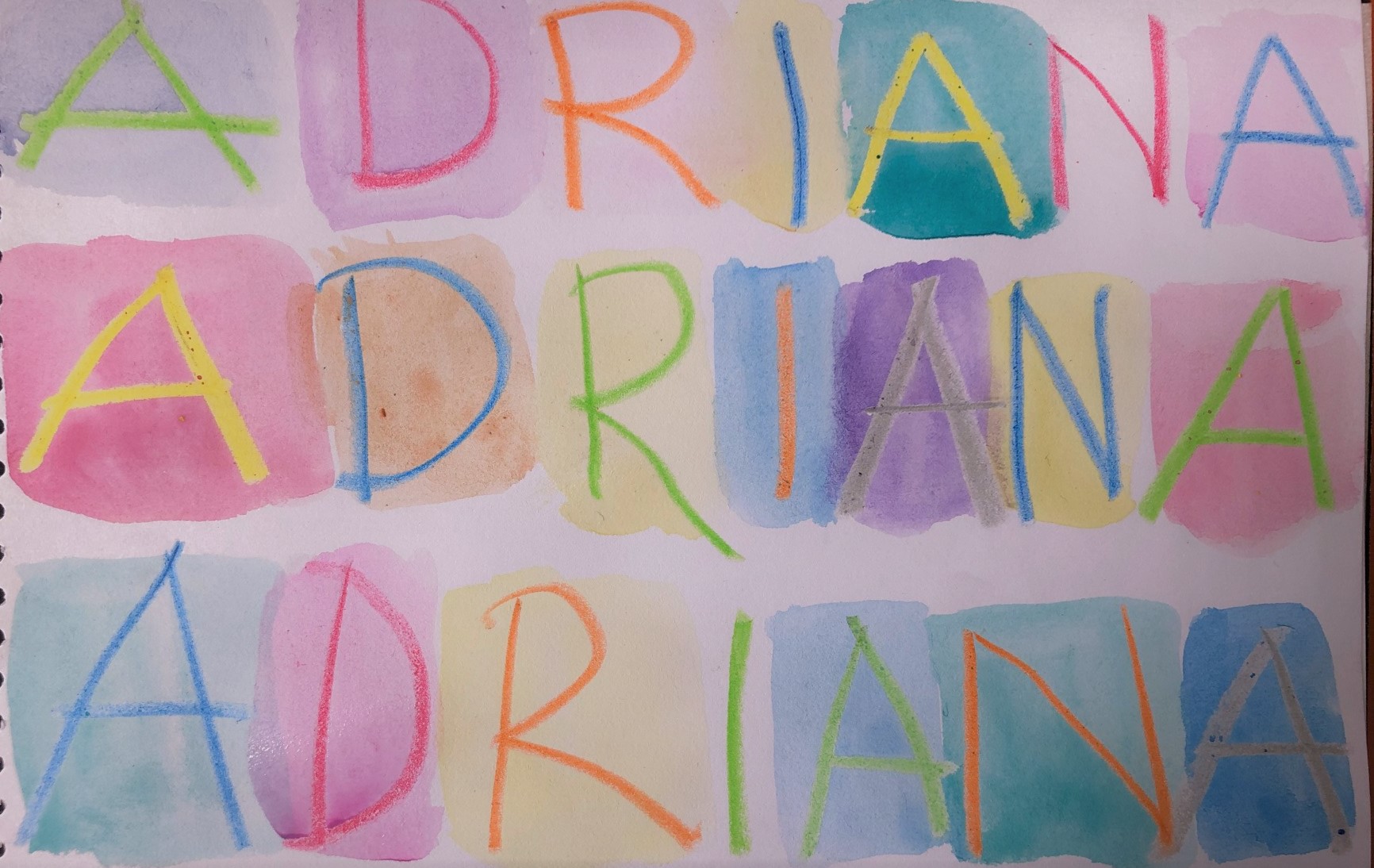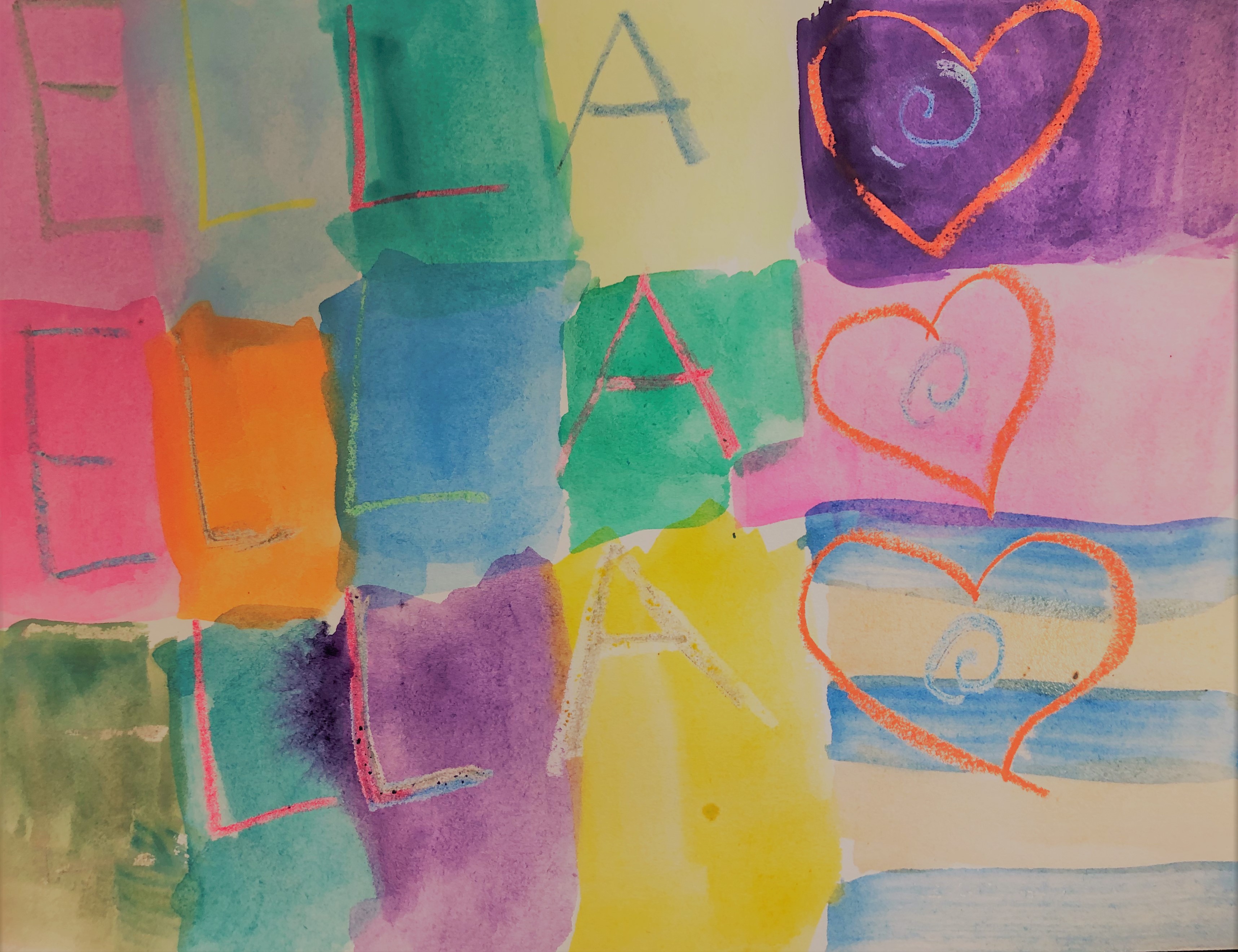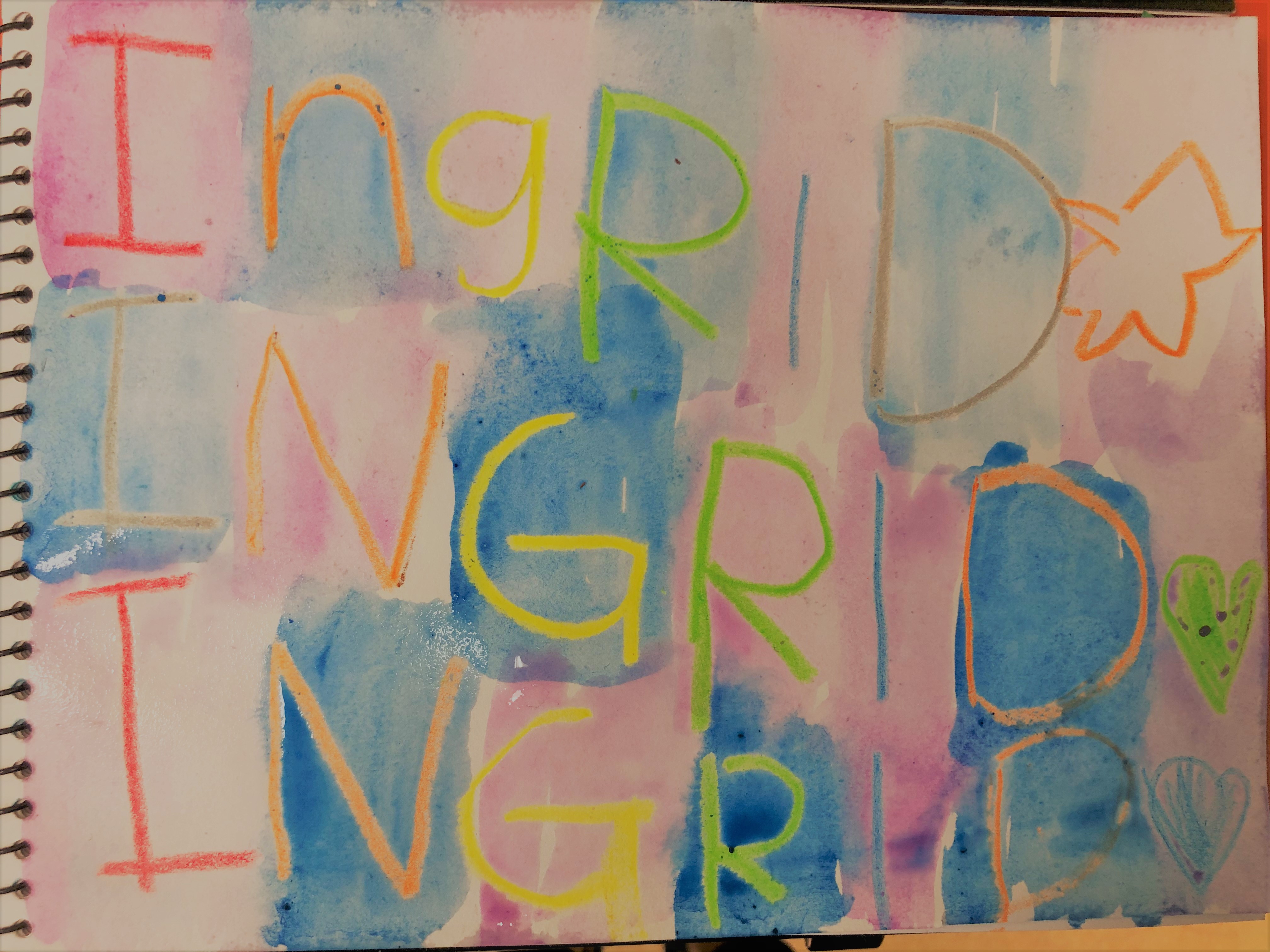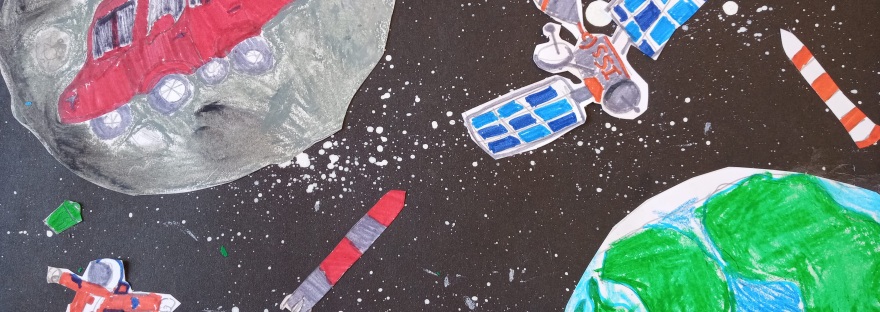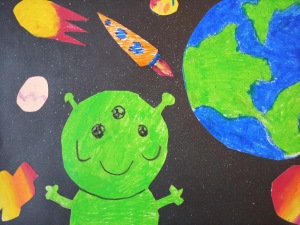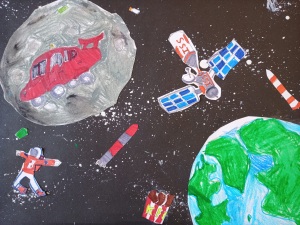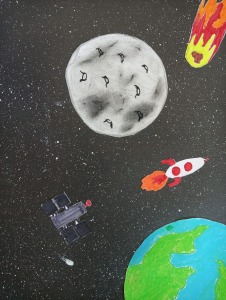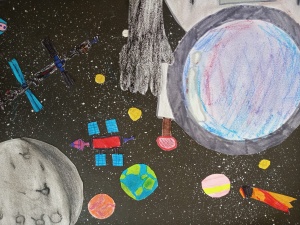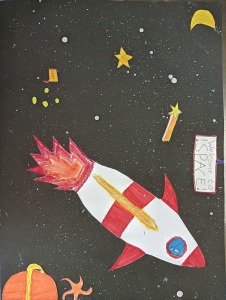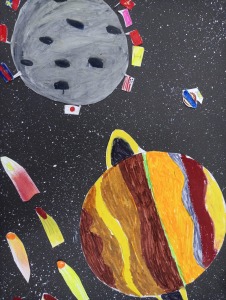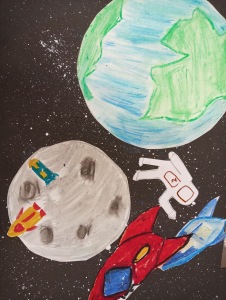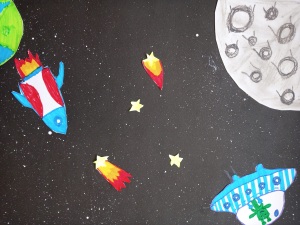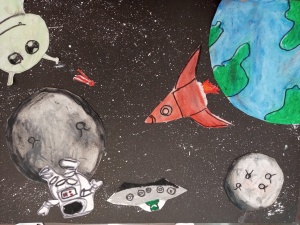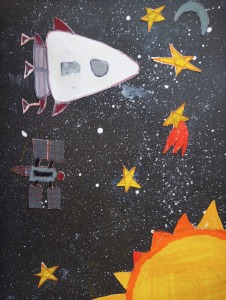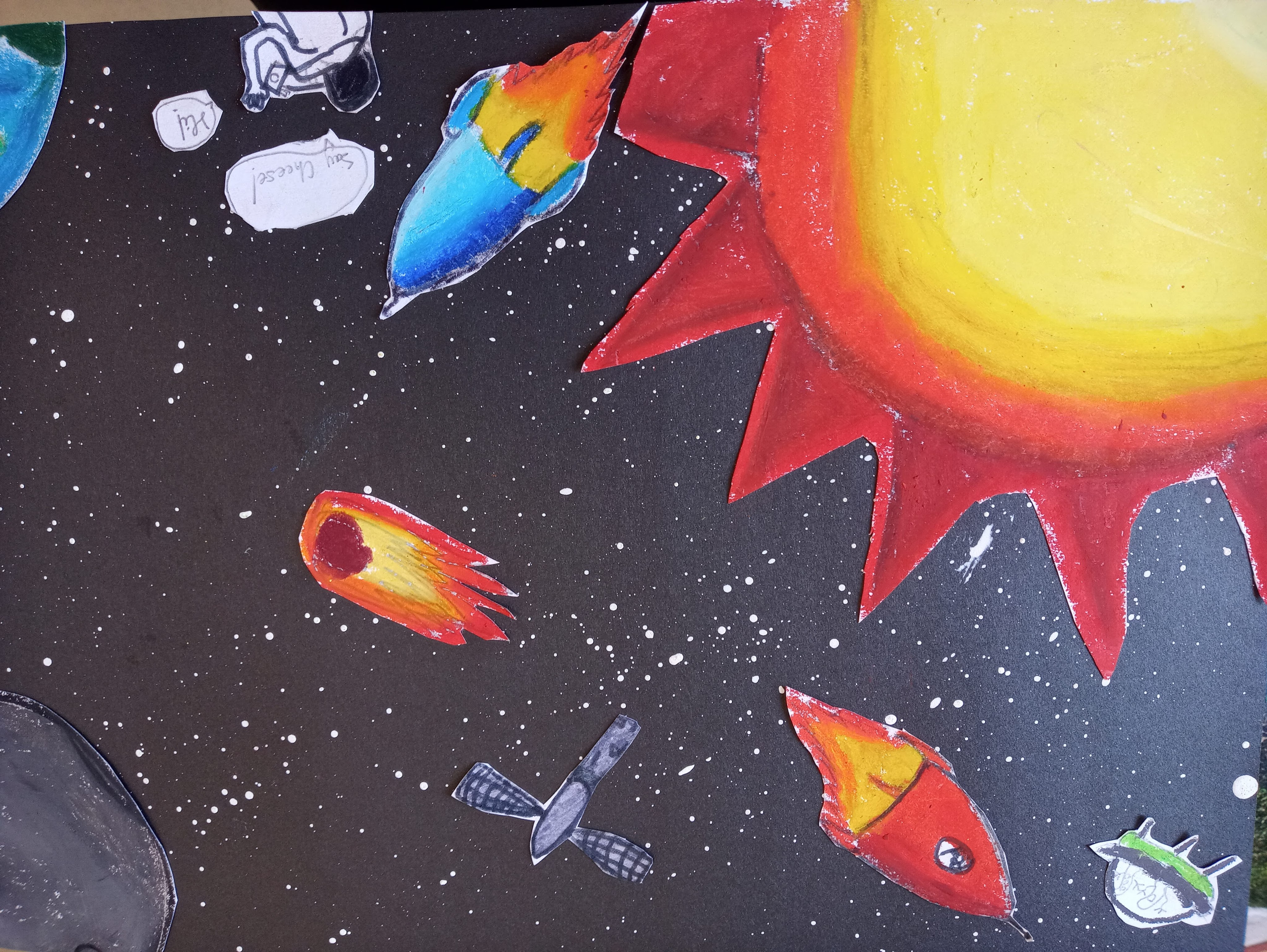This was one of the hardest lessons I have given to my students. I could feel the pain, but it was a wonderful learning experience, because I totally took them out of their comfort zone (me included) and explored new terrain.
There were many learning objectives in this lesson, the first one being composition. I started by choosing some landscape pictures online and putting a selection of 7 in a google spreadsheet, and asked them to sign up for one. There were forests, beaches and mountain views to choose from. I then printed out for them, as each student needed their own picture, I wanted them to focus on it all the time. We started by dividing our sketchbooks in 4 by using artists tape (masking tape works). I like to “damage the tape” before adhering it to the sketchbook by putting it on my clothes first, then it goes on the sketchbook, this will make the peeling off part easier. You need a frame around the sketchbook and then a cross dividing it in 4 equal parts. We then proceeded to make view finders, I handed scrap paper and rulers, and asked students to measure the rectangles in their sketchbook (all 4 should be the same size) and outline the same measurement in the center of the scrap paper (which was A4 paper cut in half). They cut out and ended up with a frame, the same size of our rectangles, and we will use the frame to find interesting views (composition) in our picture. This brings me to the next objective: the rule of thirds. You can read more on it here. You should play around with your frame until you find a good view, then proceed to outline that view with a pencil, very lightly. Do the same in the other 3 squares.
Once we have 4 views outlined, we can paint using watercolor, for which I gave only one simple direction, go from light to dark. Watercolor is different than acrylics or temperas, as we work in layers, starting with the lightest colors, then we add darker shades as we go, paying attention to where the dark spots are and the textures. This was completely new to my students, so it took a lot of trial and mistake, in the end I noticed that the ones that worked out best were:
a) fearless students
b) coachable students
No surprise uh? It was nice to peel off the tape and see (some) resemblance in our projects. Practice makes masters, enjoy!






